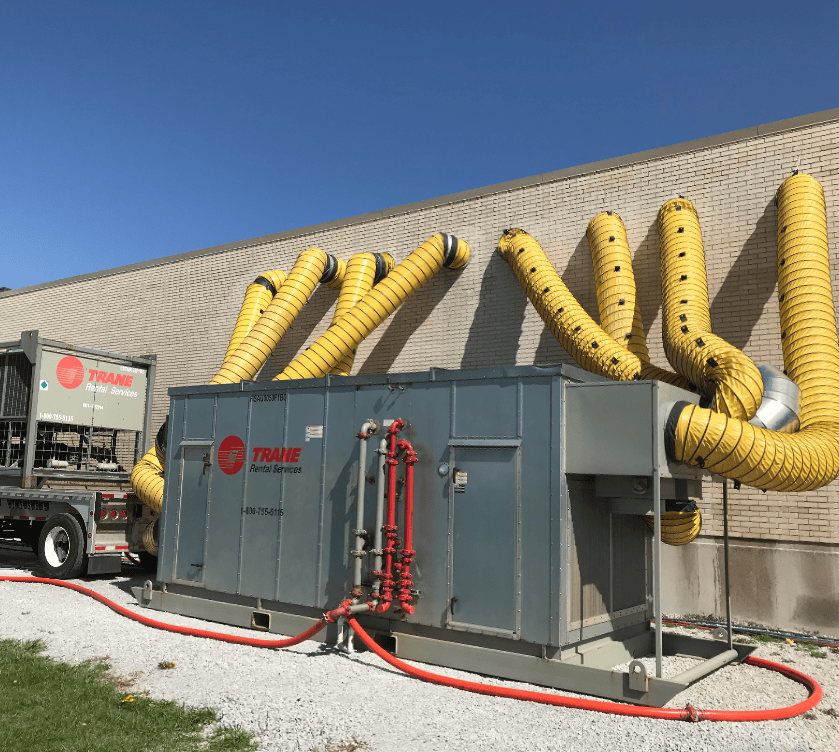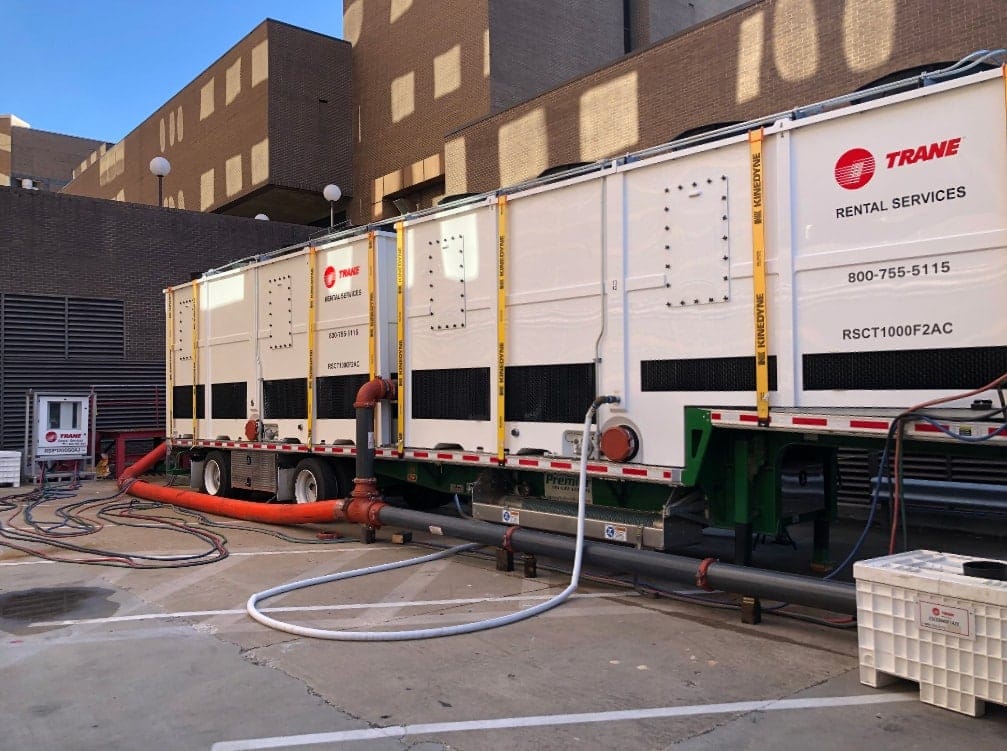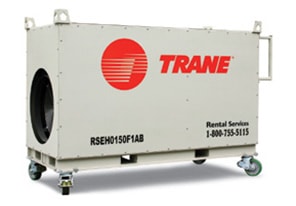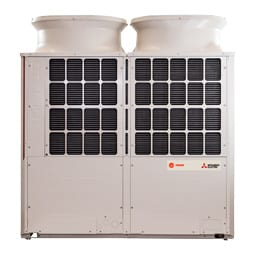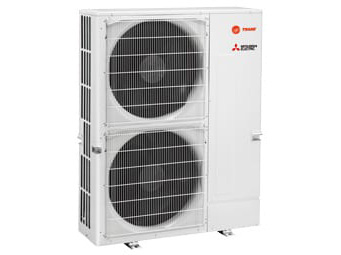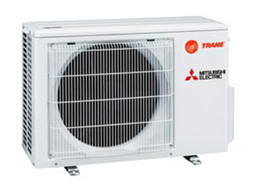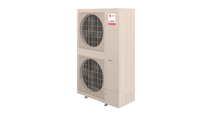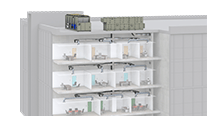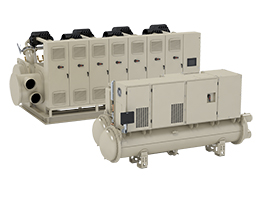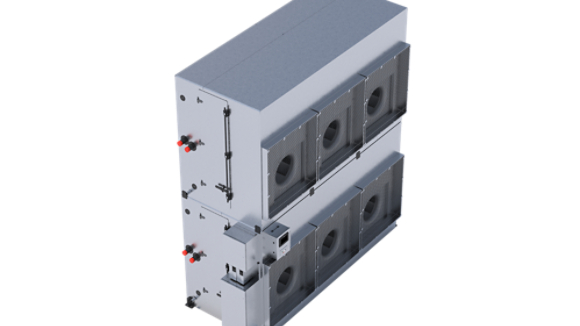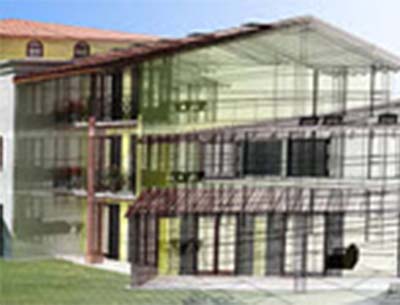How Healthcare is Driven Towards High Performance
October 10, 2012
We often focus on high performance from the perspective of building systems, but rarely do we get the opportunity to learn about “high performance" as seen through the eyes of a vertical industry.
Recently I read a study by the Commonwealth Fund that details how multi-hospital health systems achieve high performance. I wanted to share the results of this study, both because healthcare is a key vertical market for Trane, and because the path to success followed by the highest performing hospital systems is similar to the path we advocate in our High Performance Building solutions.
The study points out that the best health systems don't focus on any single factor or single solution in the pursuit of high performance. After examining over 50 system factors that might distinguish between top performing systems and those with lower quality scores, the authors determined that "no one factor clearly separated top systems from others. In every single case, factors that were observable in high performing systems also existed in at least some of the lower performing systems."
So, what did explain the high performers’ results?
Rather than focus on specific micro factors in isolation, the best organizations took an integrated, macro view of the system as a whole. This allowed them to optimize system-level outcomes via a process-driven approach.
That is a perfect analogy for our approach to High Performance Buildings: we analyze all of the building equipment, as well as all operational and maintenance processes, and then we optimize the performance of the overall system to support the customer’s primary business mission.
For example, a frustrating reality for many building owners is that a well maintained older building can considerably out-perform a newer building with systems that are not adequately calibrated or maintained. In other words, buildings can have significantly similar building systems, yet performance can vary widely because performance doesn't rely on equipment alone. There are a host of factors at play that must all be considered.
These factors are summed up nicely in the study's conclusion, which notes that "strategic planning, alignment across the enterprise, leveraging data and measurement for performance management, and implementing standardization and spread of best practices throughout the system are important elements to high performance."
It is not a coincidence that these are the same critical factors that must be managed in order to achieve high performance in a healthcare (or other) building.
For organizations that own their own buildings, investments in building systems should be included in the organization's strategic planning process and treated like assets (think re-commissioning of equipment versus a run-to-fail mentality).
The high performance buildings approach treats buildings as assets rather than liabilities, bringing alignment between a business's organizational mission and its building mission. Building systems should be designed to support the building's use and adapted as that use evolves.
Leveraging data and measurement - in real time - is at the heart of Trane Intelligent Services (TIS), and the Active Intelligence that TIS produces allows building managers to ensure that best practices and optimal operating procedures are being carried out throughout a building.
The study sums up the argument well when it says, "the goal of providing consistently high quality care is achievable, but not through any one single change. Instead, success depends on a range of actions."
Apply that same concept to providing consistently high performing hospital buildings, and we couldn't have said it better ourselves.



















